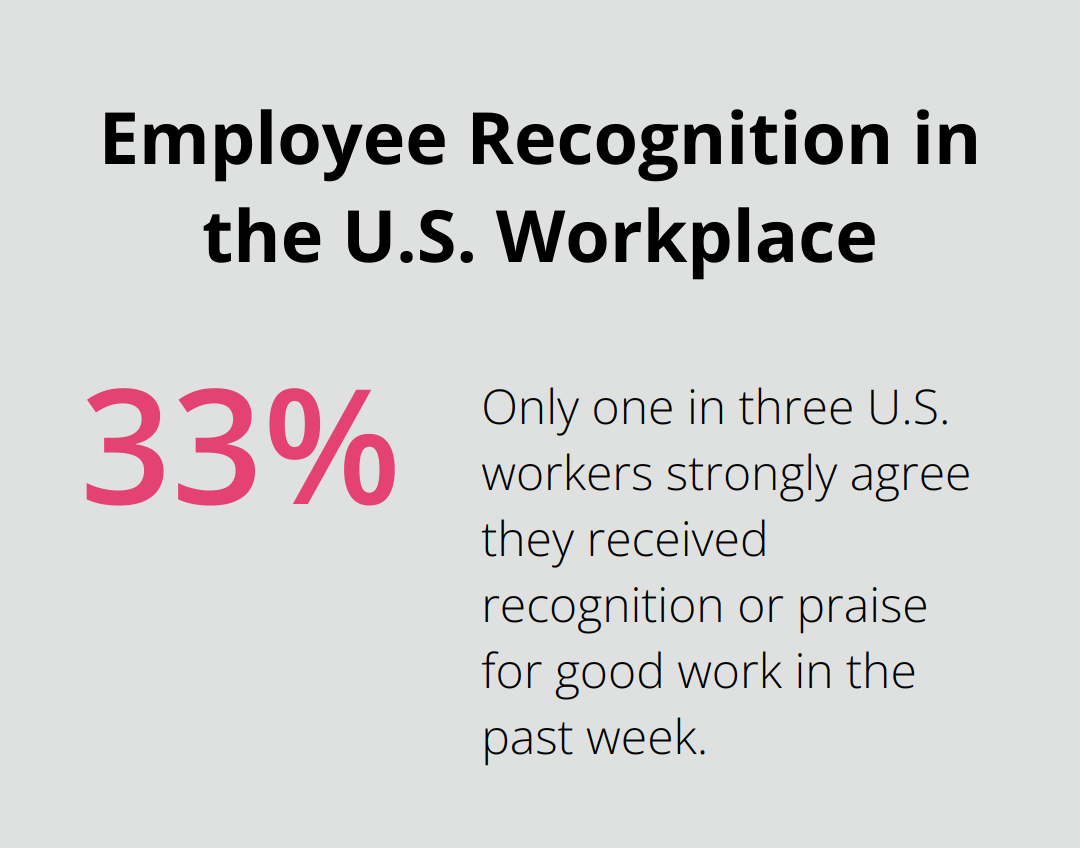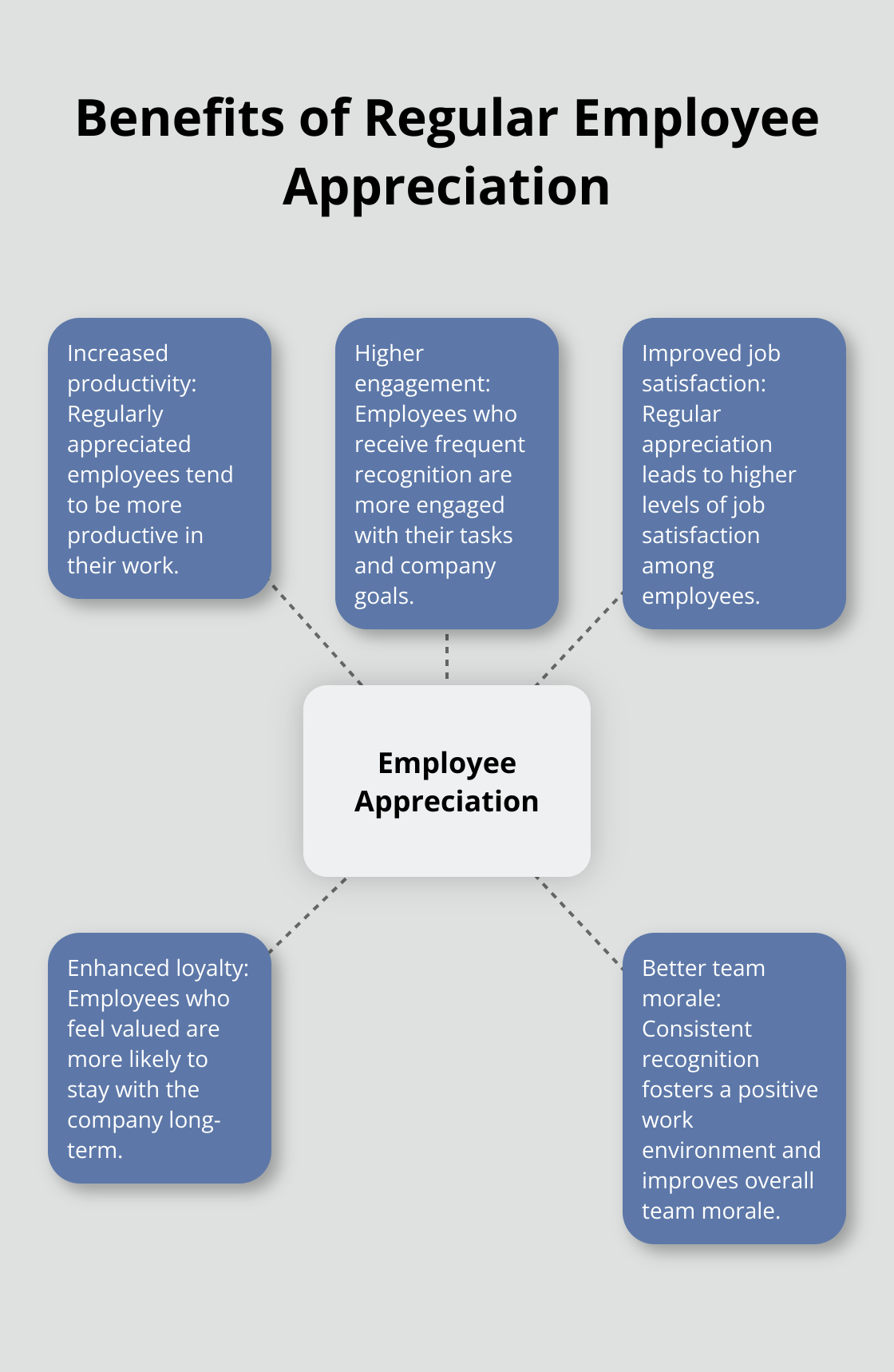At Global Positive News Network, we believe in the power of positive reinforcement to transform lives. This powerful technique can significantly improve relationships, boost productivity, and enhance personal growth.
Our guide explores effective positive reinforcement ideas that you can apply in various aspects of life. From parenting to professional settings, we’ll show you how to harness this psychological tool for lasting positive change.
What Is Positive Reinforcement?
The Power of Positive Reinforcement
Positive reinforcement stands as a powerful tool that shapes behavior and promotes personal growth. This technique has the potential to transform lives and foster a more optimistic outlook.
The Science Behind Positive Reinforcement
Positive reinforcement operates by adding a desirable stimulus after a behavior, which increases the likelihood of that behavior’s repetition. For instance, when you praise a child for cleaning their room, you encourage them to maintain tidiness in the future. This concept, rooted in B.F. Skinner’s operant conditioning theory, has undergone extensive study and proven its effectiveness in various settings.
A study by Hanley described an assessment sequence that may be used to identify individualized, effective, and preferred interventions for severe problem behaviors. This research showcases the potential of this approach when applied consistently and correctly.
Effective Implementation Strategies
To make positive reinforcement work for you, consider these practical tips:
- Be specific: Instead of general praise like “good job,” highlight exactly what was done well. For example, “I appreciate how you organized your desk before starting your homework.”
- Time it right: Reinforce behavior immediately after it occurs. Delayed reinforcement reduces effectiveness in creating lasting change.
- Maintain consistency: Apply reinforcement regularly to solidify the behavior. Inconsistent reinforcement can lead to confusion and diminished effectiveness.
Positive Reinforcement vs. Other Strategies
While positive reinforcement focuses on rewarding good behavior, other strategies like punishment or negative reinforcement aim to decrease unwanted behaviors. However, research from the American Psychological Association suggests that positive reinforcement proves more effective in creating long-term behavioral changes.
A workplace study found that teams using positive reinforcement techniques saw a 31% increase in productivity compared to those using punitive measures. This stark difference highlights the superiority of positive approaches in motivating and inspiring individuals.

Tailoring Reinforcement to Individual Needs
One size doesn’t fit all when it comes to positive reinforcement. What works for one person might not work for another. Pay attention to individual preferences and adjust your approach accordingly. Some people might respond well to verbal praise, while others prefer tangible rewards or increased responsibilities.
Understanding and applying positive reinforcement techniques allows you to create a more supportive and motivating environment in all areas of life. Whether you’re a parent, teacher, manager, or simply looking to improve yourself, positive reinforcement offers a powerful tool for personal and collective growth.
Now that we’ve explored the fundamentals of positive reinforcement, let’s examine its practical applications in various aspects of life (from parenting to professional settings).
Practical Applications of Positive Reinforcement
Parenting and Child Development
Positive reinforcement transforms parenting. Parents who praise good actions instead of punishing bad behavior see remarkable results. For example, when a child tidies up their room without prompting, a specific acknowledgment like “I noticed you put all your toys away. That’s very responsible of you!” encourages repetition of the behavior.
Classroom Management
Teachers can create a more engaging learning environment through positive reinforcement. Rewarding students who pay attention and participate actively (instead of solely disciplining disruptive ones) yields impressive results. Simple actions like giving out stickers or allowing well-behaved students to choose the next class activity can make a significant difference.
Workplace Motivation
Positive reinforcement significantly boosts employee morale and productivity in professional settings. Managers can implement recognition programs, offer performance-based bonuses, or provide verbal appreciation for a job well done.
According to Gallup’s analysis, only one in three workers in the U.S. strongly agree that they received recognition or praise for doing good work in the past seven days. This statistic highlights the importance of positive reinforcement in fostering a motivated workforce.

Personal Growth and Self-Improvement
You can apply positive reinforcement to your own personal development journey. Set small, achievable goals and reward yourself when you meet them. For instance, if you try to establish a regular exercise routine, treat yourself to a relaxing bath or your favorite healthy snack after each workout.
A study published in the Journal of Behavioral Medicine found that individuals who used self-reinforcement techniques were 62% more likely to stick to their fitness goals compared to those who didn’t.
The implementation of positive reinforcement in these various aspects of life creates a more supportive, motivating environment for yourself and those around you. Consistency plays a key role in making these techniques effective. The next section will explore specific strategies for implementing positive reinforcement effectively.
How to Implement Positive Reinforcement Effectively
Implementing positive reinforcement effectively requires a strategic approach. Let’s explore some practical ways to make positive reinforcement work for you.
Set Clear, Achievable Goals
The foundation of effective positive reinforcement lies in setting clear, achievable goals. Instead of vague objectives like “be more productive,” opt for specific, measurable targets. For instance, “complete three major tasks before lunch” provides a clear benchmark for success.
Choose Meaningful Rewards
Selecting appropriate rewards is essential for successful reinforcement. What motivates one person might not work for another. For a child, it could be extra screen time or a special outing. For an employee, it might be public recognition or a bonus.
Research shows that employees who are regularly appreciated tend to be substantially more productive and engaged than those who aren’t. This highlights the power of well-chosen rewards in driving positive behavior.

Time Your Reinforcement Right
Timing is everything when it comes to positive reinforcement. Positive reinforcement works exceedingly better and faster than punishment. This creates a strong association between the action and the reward.
For example, if a team member delivers an outstanding presentation, don’t wait for the next performance review to acknowledge it. Offer praise right after the presentation ends. This immediate feedback strengthens the likelihood of repeated excellent performance.
Use Verbal and Non-Verbal Reinforcement
While verbal praise is a powerful tool, don’t underestimate the impact of non-verbal reinforcement. A smile, a thumbs-up, or a pat on the back can be just as effective as words of encouragement.
Customize Your Approach
Reinforcement strategies should adapt to individual preferences and needs. What works for an extroverted colleague might not be effective for an introverted team member.
Take the time to understand what motivates each person. Some might prefer public recognition, while others value private acknowledgment (e.g., a personal email or one-on-one meeting). Try to tailor your approach to maximize the impact of your positive reinforcement efforts.
Final Thoughts
Positive reinforcement transforms lives, relationships, and environments. It fosters a growth mindset, builds self-esteem, and creates a supportive atmosphere. In workplaces, it increases productivity and job satisfaction, while for children, it encourages good behavior and develops essential life skills.
Implementing positive reinforcement ideas doesn’t require complexity. You can start by acknowledging efforts of those around you with specific praise, timed right, and tailored to individual preferences. Consistency will make these techniques effective and create a culture of appreciation and encouragement.
We at Global Positive News Network believe in positivity’s power to change the world. We encourage you to embrace these techniques and share your experiences (both successes and challenges). Together, we can create a more supportive, motivating, and ultimately, more positive world.




